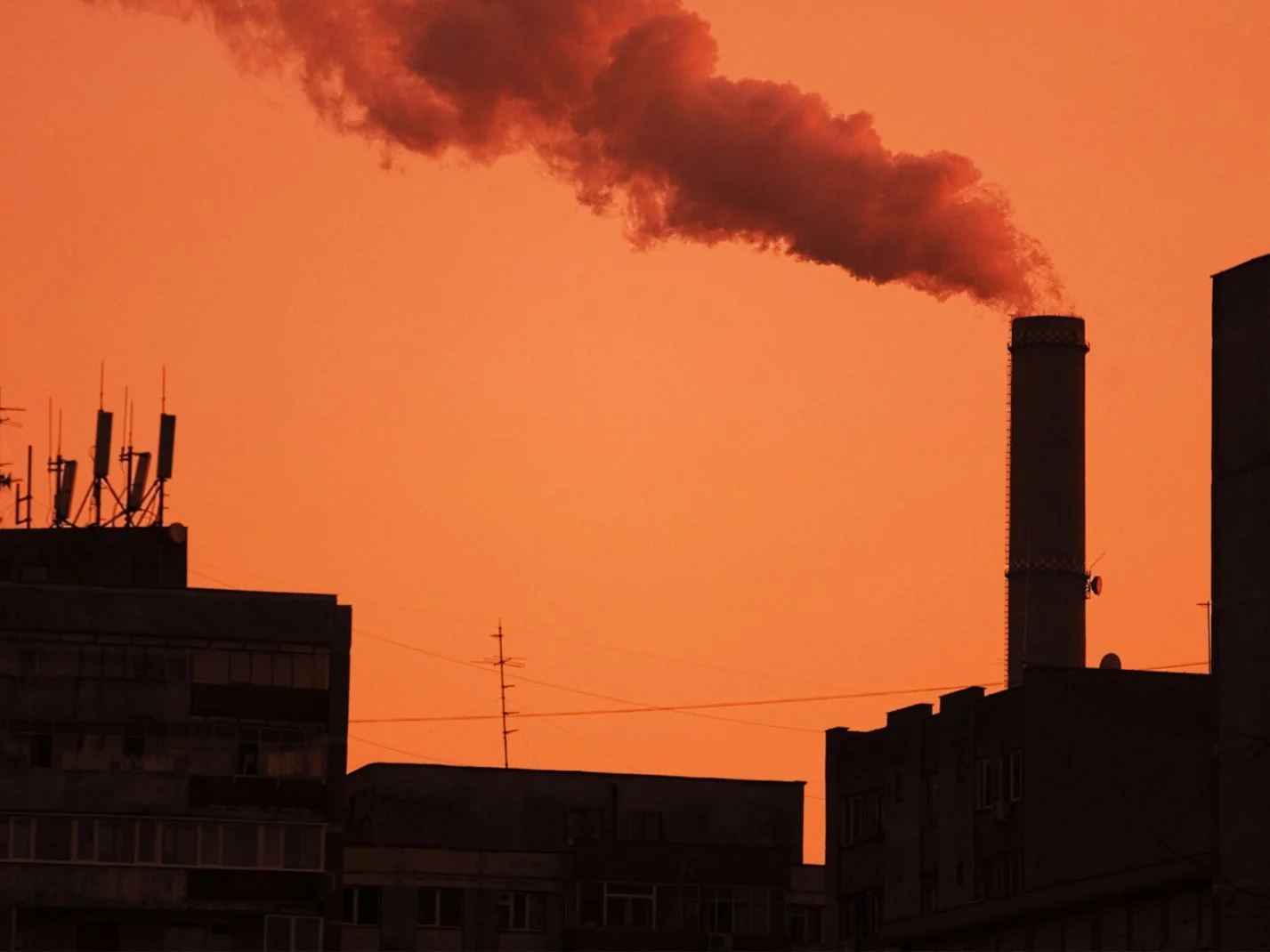
10 major engineering challenges of the next decade
Challenges related to climate change continue to threaten the world's population. But solutions exist, and engineers will play a major role in solving them. Here are 10 major challenges and what engineers can do about them in 2023.
1. Upgrading the aging U.S. infrastructure
The American Society of Civil Engineers gives our aging infrastructure a C- grade and estimates that the U.S. is spending just over half of what is needed. Significant action is needed to bring our roads, bridges, water, electrical and sewage systems to proper safe working order.
2. Educating first world engineers to understand how to solve third world problems
The Renewable Resources Journal reports that the world’s population will grow by two billion over the next two decades, 95% of this in developing or underdeveloped countries. Engineers must learn new ways to solve problems in these countries.
3. Promoting green engineering to improve sustainability and reduce the carbon footprint in manufacturing
According to the U.S. Office of Energy Efficiency & Renewable Energy, manufacturing in the U.S. produced 19,237 trillion BTUs and 1,071 million metric tons of carbon dioxide.
4. Identifying viable and renewable energy sources
The contributions to our energy production from renewables and other new fuel sources are growing at 6% per year according to BP and will contribute 45% of the increment in energy production by 2035.
5. Rethinking how the city looks and works
54% of the world’s population lives in cities. Europe leads the way in sustainability, with seven out of the world’s top 10 most sustainable cities, according to the ARCADIS Sustainable Cities Index.
6. Making STEM more appealing to young students
By 2018, the United States will have more than 1.2 million unfilled STEM jobs. Meanwhile, according to a UCLA study, 40% of students enrolled as STEM majors switched subjects or failed to get a degree.
7. Safeguarding our personal data and wealth from cyberattacks
34% of data breaches happen at financial institutions; 11% target retail companies; while 13% target government institutions, according to the 2014 Data Breach Investigation Report.
8. Addressing climate change through engineering innovation
Six of the 10 cities with the largest annual flood costs by 2050 are in India and China. Three are in the U.S.: New York, Miami and New Orleans.
9. Feeding our growing population through cutting-edge bio-engineering and agricultural innovations
The U.N. warns that we must produce 60% more food by 2050 to keep up with demand, but how do we do this sustainably? Food and water access will be major issues in the future, and research must begin now.
10. Improving our health and well-being through life sciences, nanotechnology & bio-engineering
Administration on Aging, by 2060 the population of Americans aged 65 and older will have more than doubled in size from 2011. This puts a lot of pressure on new drug creation and also on innovative engineering techniques to deliver drugs.